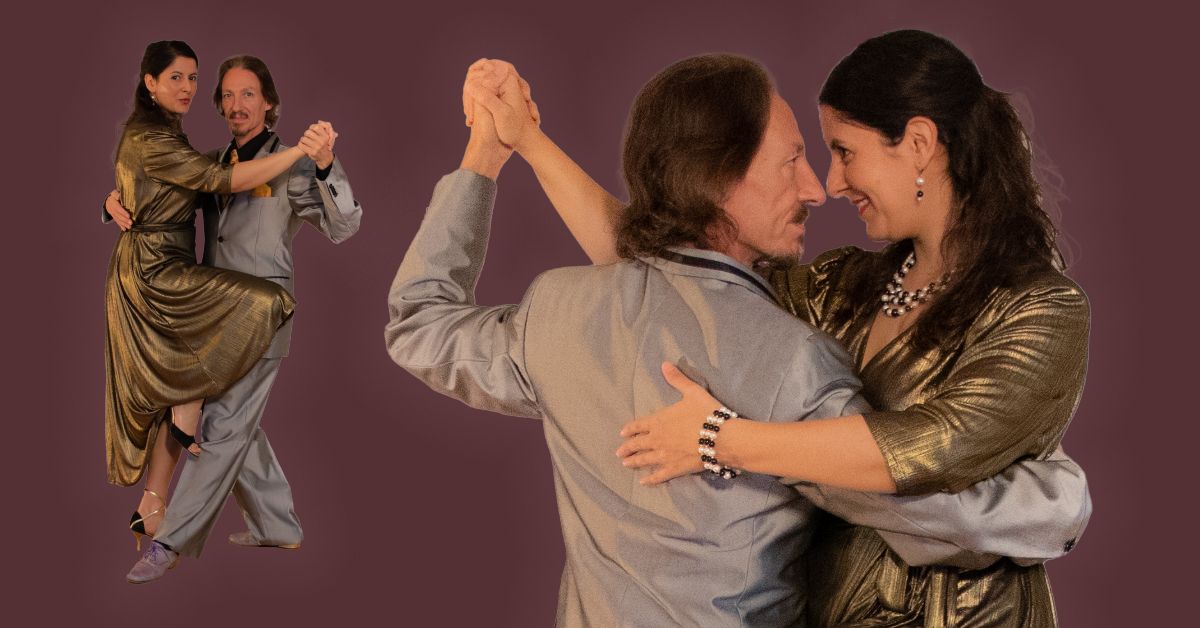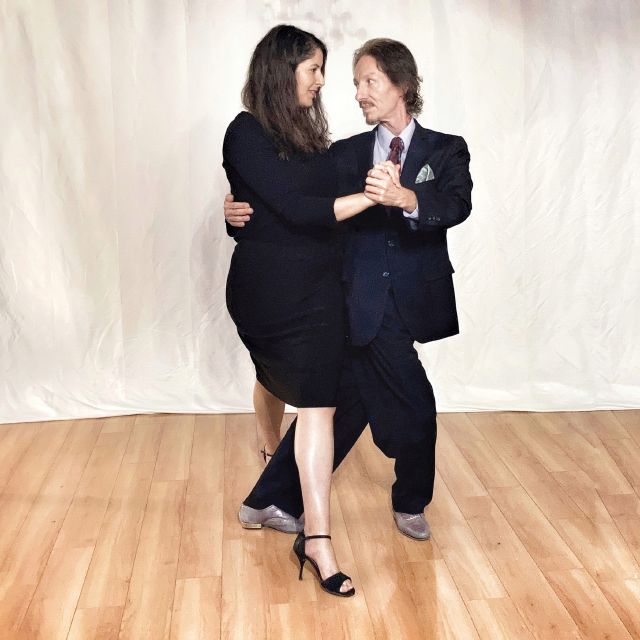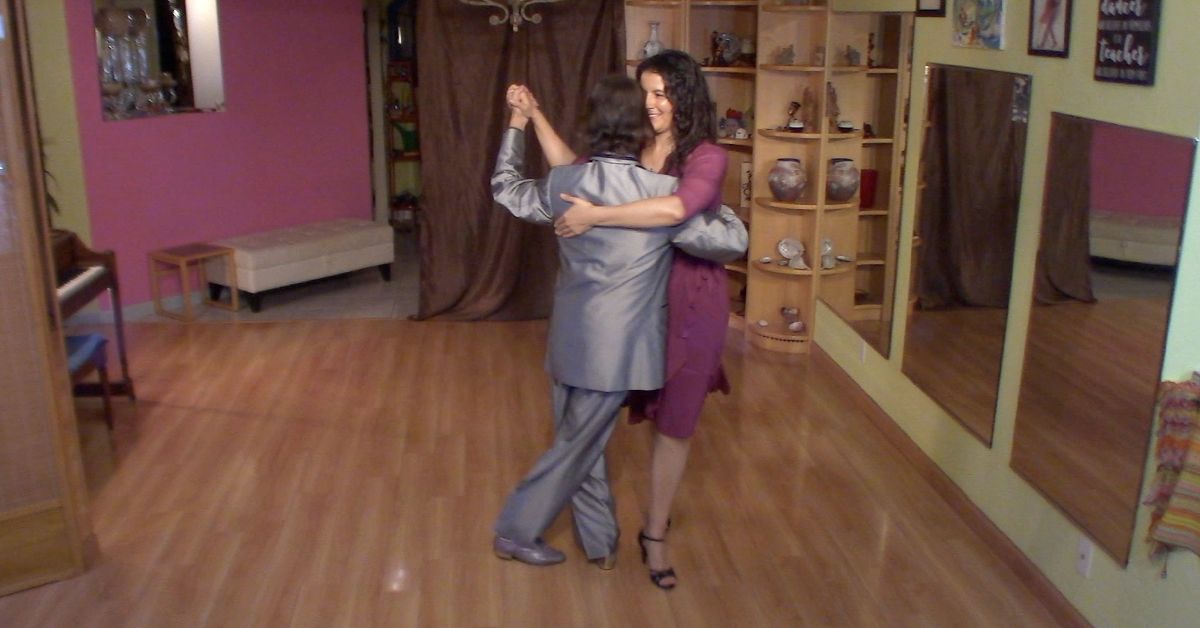Unlock the Rhythmic Magic: Dive into Milonga Traspié with Our Beginner Tutorial
Unlock the Rhythmic Magic: Dive into Milonga Traspié with Our Beginner Tutorial
🎥 Welcome to our “Learn to Dance Milonga Traspié” tutorial! Dive into the captivating world of Milonga Traspié, a style cherished by the finest milonguero maestros of Buenos Aires.
💃 Whether you’re new to the dance floor or seeking to refine your skills, these six video clips are crafted to guide beginners through the intricacies of this rhythmic and dynamic dance form.
🕺 Throughout this tutorial series, you’ll master:
1️⃣ Basics of Milonga Traspié: Lay a solid foundation with essential steps and rhythms, ensuring a smooth entry into the world of Milonga Traspié.
2️⃣ Technical Details for Partner Connection: Elevate your dance experience by honing your connection with your partner, whether you lead or follow. Discover nuanced techniques to enhance communication and harmony on the dance floor.
3️⃣ Variations of the Basic Step: Expand your repertoire with variations of the fundamental Milonga Traspié steps, adding depth and versatility to your dance style.
4️⃣ Walking Variations: Explore dynamic walking techniques, including the circular walk and the playful amague (fake out), to infuse your dance with creativity and flair.
5️⃣ Embellishments in Milonga: Learn to embellish your movements with subtle yet expressive touches, elevating your Milonga Traspié to new heights of artistry.
6️⃣ Change of side: Learn to make your dancing more dynamic and playful.
🎶 Each video clip is carefully crafted to provide clear demonstrations and detailed explanations, ensuring that you grasp each concept with ease and confidence. Whether you’re dancing solo or with a partner, these tutorials will empower you to navigate the exhilarating world of Milonga Traspié with grace and skill.
💫 So, lace up your dancing shoes and join us on this exciting journey! Let’s unlock the rhythm, passion, and joy of Milonga Traspié together.
See more video lessons:







